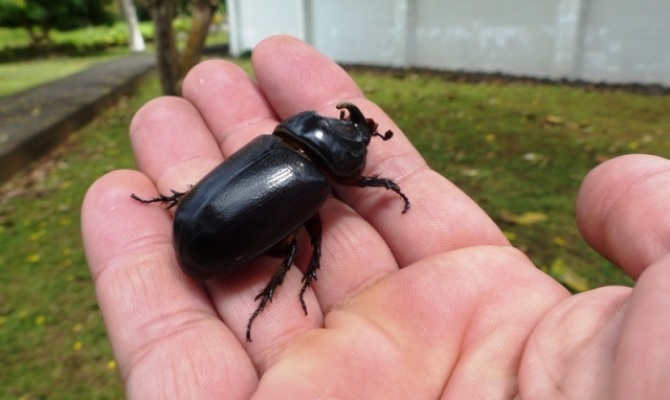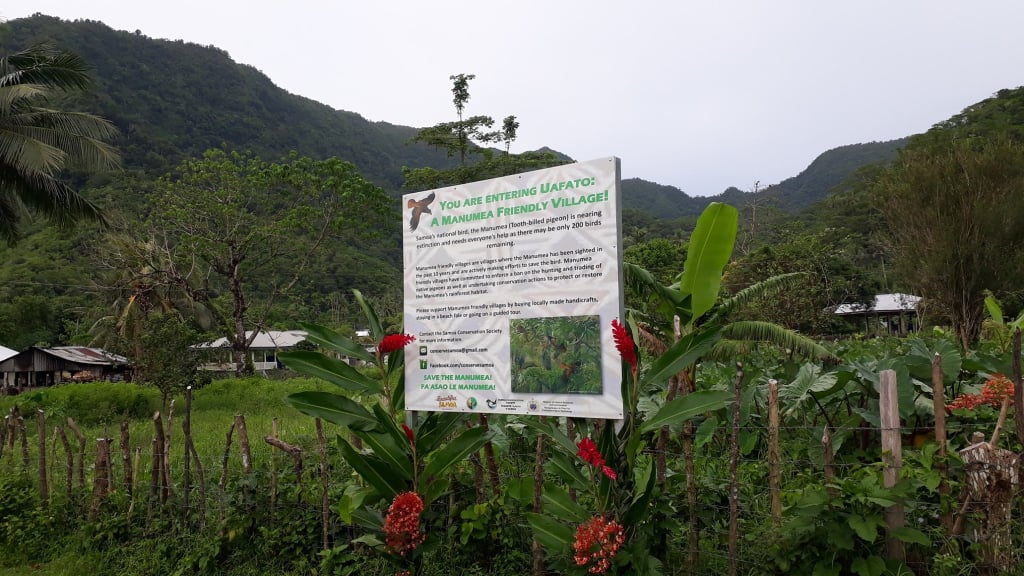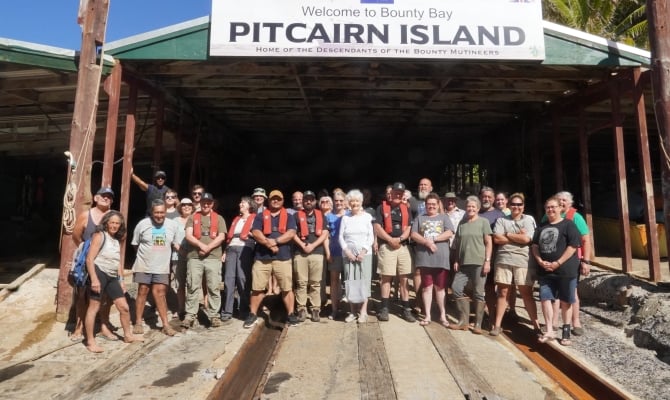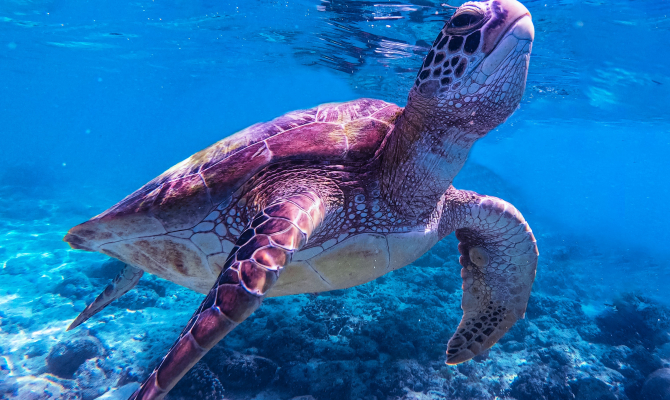iNaturalist to allow individuals to monitor and manage invasive species and biodiversity more broadly.
A new project calling upon everyone to participate in ‘early warning systems’ for invasive species in the Pacific islands was launched on August 27.
iNaturalist is a social network of naturalists, citizen scientists, and biologists built on the concept of mapping and sharing observations of biodiversity across the globe. It is a free tool and can be used by anyone, anywhere.
Niue, Republic of the Marshall Islands (RMI), Tonga and Tuvalu are four Pacific islands now using iNaturalist which is available as part of the GEF 6 Regional Invasives Project (GEF6 RIP). To help track priority invasive species that threaten Pacific Island biodiversity, GEF 6 RIP developed the initiative which records findings of biodiversity and invasive species observations by local residents and visitors.
“We are excited to launch the iNaturalist projects in Niue, RMI, Tonga, and Tuvalu and get communities involved in the monitoring and management of invasive species and biodiversity more broadly,” said Bradley Myer, Project Manager GEF 6 RIP at SPREP.
“Invasive species is everyone’s business. iNaturalist allows every person to play a role in reducing the spread of invasive species. As a result, every one of us can actively contribute to the conservation of our natural biodiversity.”
Through the iNaturalist website, anyone can register a free account and access short video tutorials that can take you through the steps of recording observations right from a mobile device. There are also Teachers Guides for schools and learning institutions to incorporate this tool into biodiversity monitoring and invasive species reporting, as a learning opportunity.
In the event of an observation of interest, an iNaturalist record of species type, date and location of sightings, and evidence such as pictures will alert specialists and invasive species managers of a potential new incursion. This will act as an ‘early warning system’ through the quick and easy access to information that would normally require extensive surveying, people-power, and resources.
“We can’t wait to see people observing, clicking, and contributing to protecting our natural biodiversity.”
iNaturalist is available to everyone, everywhere. The link to the invasive species projects are only available for the four GEF6 RIP countries, however, the success of these projects may create a demand in other Pacific islands.
The GEF 6 RIP is funded by the Global Environment Facility, implemented by the United Nations Environment Programme, and executed by the Secretariat of the Pacific Regional Environment Programme. The Project works primarily in the Marshall Islands, Niue, Tonga, and Tuvalu and has a regional component. Implementation of the GEF6RIP is supported by the Pacific Regional Invasive Species Management Support Service.
This story was produced by Angelica, published at SPREP on 27 August 2021, reposted via PACNEWS.
Banner: Beetle Coconut Rhinoceros. Photo: SPREP




